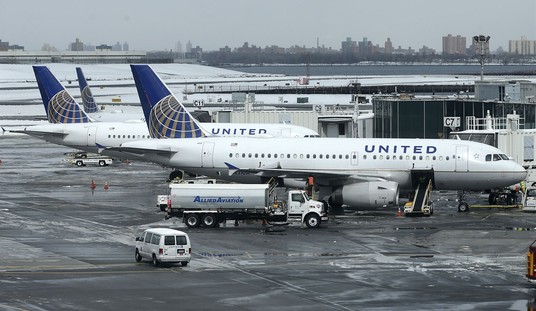At least some of this has to be due to the supply disruption caused by the US hitting its debt ceiling. (Existing debt can be rolled over, and the Treasury has continued its weekly auctions, but there are constraints on the creation of net new debt.) This is even though I’ve talked to well-informed people who felt that this effect would be muted at best, because everyone knows that the debt ceiling will be raised, easily, and more or less on time.
I’m frankly not buying the idea that markets are going bananas because of all the rotten economic stats. I’ve been telling people for more than two months that an economic slowdown was on the way, and I’m not the only one who saw it then. It’s not a surprise.
And how does this interact with the end of QE2?
Early this year, many were predicting a mad rush to increase risk as the US recovery strengthened and emerging markets continued hot as firecrackers. People were talking about seeing the 10-year yield well above 4% by year-end. We all have egg on our faces now. And anyone who bet this way is getting killed now. (Oddly, something similar happened at the beginning of 2010.)
Many of you know me for a guy who tends to predict doom. But I’m not jumping up and down right now. Why? Because I look at Wall Street and large US corporations, and I see a lot of profitable activity.
This totally sucks for the large swath of Americans who are not managing to increase their real standard of living. But that is not a sign of sign of impending doom (where “doom” is defined as another episode of serious market instability that spills over into the broad economy and destroys another few million jobs).
In the aftermath of the last crisis, what we have today are: 1) an insolvent banking system that can contribute literally nothing to economic growth; 2) a policy community that is intent on recapitalizing the insolvent banking system; and 3) a financial industry that is fully confident that world governments will step in and prevent most of the players from taking serious damage in the next crisis.
Of those three things, number 2 is the thumb on the economic scales. The Fed’s exceptionally accommodative policies (zero-rates, QE2, carrying an enormous balance sheet) are superficially intended to foster job growth. But in actuality, their effect is to transfer real wealth to banks from everyone else.
And THAT is the ultimate reason why, no matter how hard you try, it just seems really hard to get a job or a raise when you need one, or make a profit on your investments.
The way the Fed can only hope this plays out is that, over the next 3 to 7 years, the banking system slowly comes back and begins funding economic activity again (rather than overvalued housing portfolios). The other way it can work is that we get another crisis. In that case, the Fed may or may not come up short on its emergency stabilization efforts. No one really knows how that would play out.
What I can tell you is the next crisis will come with far less warning than the last one did. The last time, I was sniffing bad stuff on the breeze (and writing about it here on RS) as early as the late spring of 2007.














Join the conversation as a VIP Member